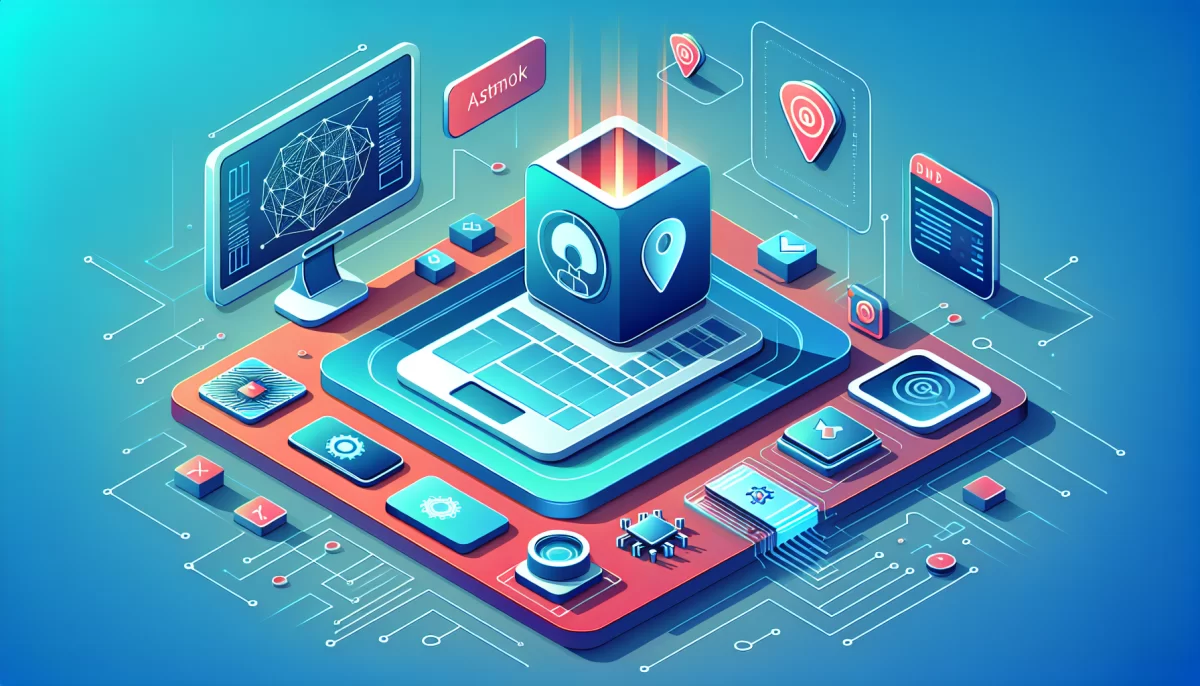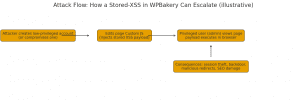Human x AI: The Future of Pentesting in 2025
The landscape of penetration testing is undergoing a profound transformation, driven by the integration of artificial intelligence (AI) with human expertise. The recent Hacker-Powered Security Report 2025 from HackerOne confirms a pivotal reality: AI-assisted penetration testing is no longer a future concept but an established practice reshaping cybersecurity workflows today.
Introduction to AI-Assisted Pentesting
In today’s rapidly evolving cybersecurity environment, penetration testing – commonly referred to as pentesting – is essential to uncover vulnerabilities before malicious actors exploit them. Traditional pentesting involves skilled professionals manually probing systems, but this process is labor-intensive and time-consuming. Now, AI technologies are automating many routine aspects, allowing testers to focus on complex, high-impact vulnerabilities that require human insight.
Key Insights from HackerOne’s 2025 Report
According to the HackerOne 2025 report, 70% of security researchers currently incorporate AI tools in their pentesting workflows, highlighting widespread adoption. Meanwhile, only 12% believe AI could entirely replace human researchers. These figures emphasize a hybrid model where AI enhances human capability rather than replaces it.
Main Findings:
- Mainstream AI adoption: AI-assisted pentesting tools have crossed the adoption chasm, enabling scalability and efficiency. Bug bounty programs incorporating AI saw a 270% year-over-year increase.
- Limitations of autonomous “Hackbots”: AI-based autonomous agents are effective at detecting surface-level vulnerabilities like reflected XSS and SQL injection, which exhibit predictable patterns. However, strong validation and human oversight are still crucial to catch business logic flaws and complex attack chains.
- Human-AI synergy: The report states, “the winning strategy is hybrid: agents and automation for scale, human ingenuity for impact.” AI raises the floor of pentesting by handling repetitive tasks, while humans elevate the ceiling with creativity and contextual understanding.
Why AI-Assisted Pentesting is the New Normal
AI’s ability to automate tedious but necessary steps—such as summarizing vulnerability data, crafting and iterating payloads, and scaffolding proofs of concept—enables pentesters to spend more time on nuanced areas that demand intuition and deep expertise. This trend supports a more effective use of human resources in security teams and aligns with industry goals to accelerate vulnerability discovery while maintaining quality.
PortSwigger’s vision exemplifies this balance, emphasizing AI as an augmentation rather than replacement for expert testers. PortSwigger CEO Dafydd Stuttard encapsulates this perspective:
“This isn’t a revolution that eliminates pentesters, it’s an evolution that empowers you to work smarter, faster, and with greater precision.”
Burp AI: Pioneering Human x AI Pentesting
Among AI tools gaining prominence, Burp AI, integrated directly into Burp Suite Professional, leads the human x AI paradigm. It empowers pentesters by seamlessly combining AI-generated insights with tester control in their familiar workflows. Demonstrating approximately 25% month-over-month growth in adoption, Burp AI is widely recognized as a trusted assistant that optimizes testing efficiency without compromising human judgement.
Features Driving Adoption:
- Human-driven control: Testers decide when to engage AI, what information to feed it, and how to validate results.
- Efficient automation: AI handles groundwork, freeing testers to focus on higher-value creative tasks.
- Privacy and transparency: Designed with security best practices, Burp AI ensures data privacy and clear AI operation.
Case Study: Collaborative Pentesting with Burp AI
Security researcher Cristi Vlad, a notable bug bounty hunter, shares his experience with Burp AI:
“It feels like a collaboration. It gives me mental space to think laterally and explore beyond my usual approach. It has helped me uncover complex vulnerabilities I might have otherwise missed.”
In one instance, the combination of human insight and AI assistance enabled Cristi to correlate two separate vulnerabilities into a significant account takeover scenario, showcasing the power of the human x AI partnership.
The Future Trajectory of Pentesting
Emerging trends indicate that pentesting will increasingly rely on sophisticated AI assistance integrated with human expertise. Research from Gartner projects that by 2027, AI-enabled cybersecurity tools will reduce manual vulnerability assessment workloads by up to 30%, further shifting skill requirements towards strategic thinking and exploitation chaining rather than automated scanning alone.
Moreover, AI’s role in continuous security validation, integrating DevSecOps pipelines, and testing complex business logic vulnerabilities is expected to expand. Nonetheless, the nuanced understanding, creativity, and contextual judgment of human testers remain irreplaceable.
Summary: Key Benefits of Human x AI Pentesting
Integrating AI into penetration testing brings several advantages:
- Increased Efficiency: Automates repetitive tasks, reducing time spent on low-value activities.
- Scalability: Enables testing of larger attack surfaces through automation.
- Improved Accuracy: AI helps identify common, fingerprintable vulnerabilities faster.
- Enhanced Creativity: Frees human testers to focus on complex logic flaws and chaining exploits.
- Data-Driven Insights: AI-driven analysis aids prioritization and mitigation strategies.
Additional Resources for Deeper Understanding
- HackerOne’s Hacker-Powered Security Report 2025 – A comprehensive study on AI adoption in cybersecurity.
- Burp AI Overview – Details on Burp AI’s features and integration with Burp Suite Professional.
- NahamSec’s Burp AI Review – Independent hands-on evaluation by a leading security researcher.
- Discussion with PortSwigger Team – Insights from PortSwigger’s leadership on AI in pentesting.
Conclusion
The fusion of human intelligence and AI is setting a new benchmark for penetration testing in 2025 and beyond. As AI tools become increasingly mainstream, pentesters benefit from enhanced productivity and deeper investigative capabilities. However, the ultimate value continues to lie in human expertise guiding AI to deliver impactful security insights. This hybrid approach ensures that pentesting remains a critical, sophisticated discipline in securing digital ecosystems against evolving threats.



